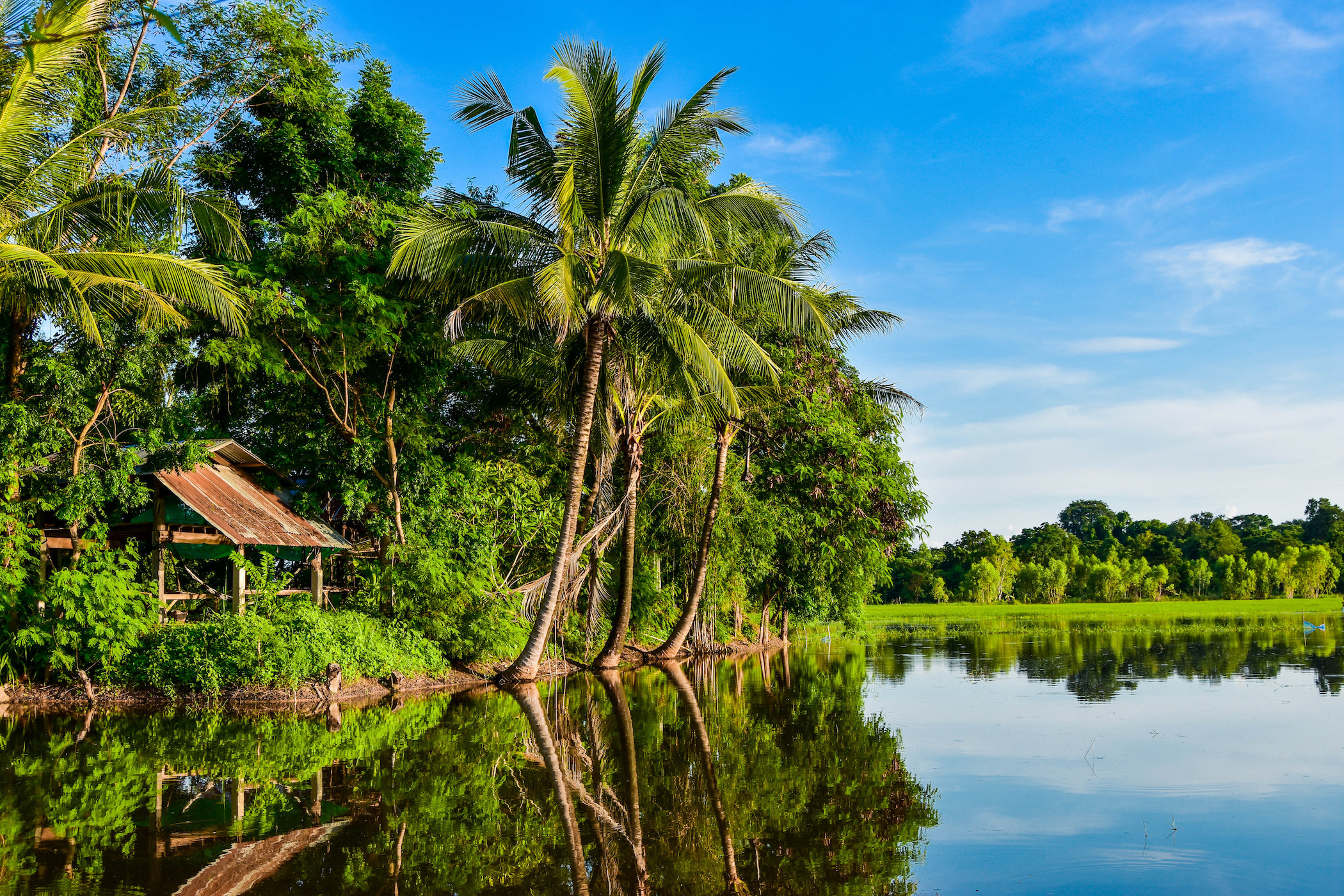
Alarming rates of tree mortality found in the tropics
According to an international team of researchers, trees are dying at an increasingly high rate in the tropical regions of South America, Africa, and Southeast Asia. The mortality rate of trees has doubled in some areas compared to just a few decades ago, and the experts are reporting that this trend will continue.
Study lead author Nate McDowell is a researcher at the Department of Energy’s Pacific Northwest National Laboratory.
“No matter how you look at it, trees in the moist tropics will likely die at elevated rates through the end of this century relative to their mortality rates in the past,” said McDowell. “There is a host of factors that appear to be driving mortality, and the likelihood of those factors occurring is increasing.”
The team found that all of the driving factors that cause tree mortality in the tropics are increasing, including CO2 levels, unseasonably warm temperatures, drought, fires, and intense storms. Rising insect infestation and the abundance of woody vines known as lianas are also threatening the survival of the trees.
Despite all of the present dangers, however, tree mortality in the tropics is most often caused by one of two events: carbon starvation or hydraulic failure.
Carbon dioxide is a source of food for trees, and so it would seem likely that trees would thrive as CO2 levels rise. Unfortunately, higher temperatures dehydrate trees and prevent them from absorbing carbon dioxide.
When trees are forced to conserve water in hot and dry conditions, they close their stomata to conserve water. If the stomata are closed for long enough, this leads to carbon starvation.
“It’s like going to an all-you-can-eat buffet with duct tape over your mouth,” said McDowell. “There may be plenty of food, but it doesn’t matter how much food is on the table if you can’t eat.”
The other predominant threat comes from a fatal lack of water, or hydraulic failure, which can be caused by rising temperatures, fires, or through competition for resources.
“Trees have a great ability to survive, but there is only so much they can withstand – the question we now face is identifying those thresholds so we can predict risk to tropical forests,” said McDowell.
More than two dozen institutions across the globe were involved in the study, which is published in the journal New Phytologist.
—
By Chrissy Sexton, Earth.com Staff Writer












